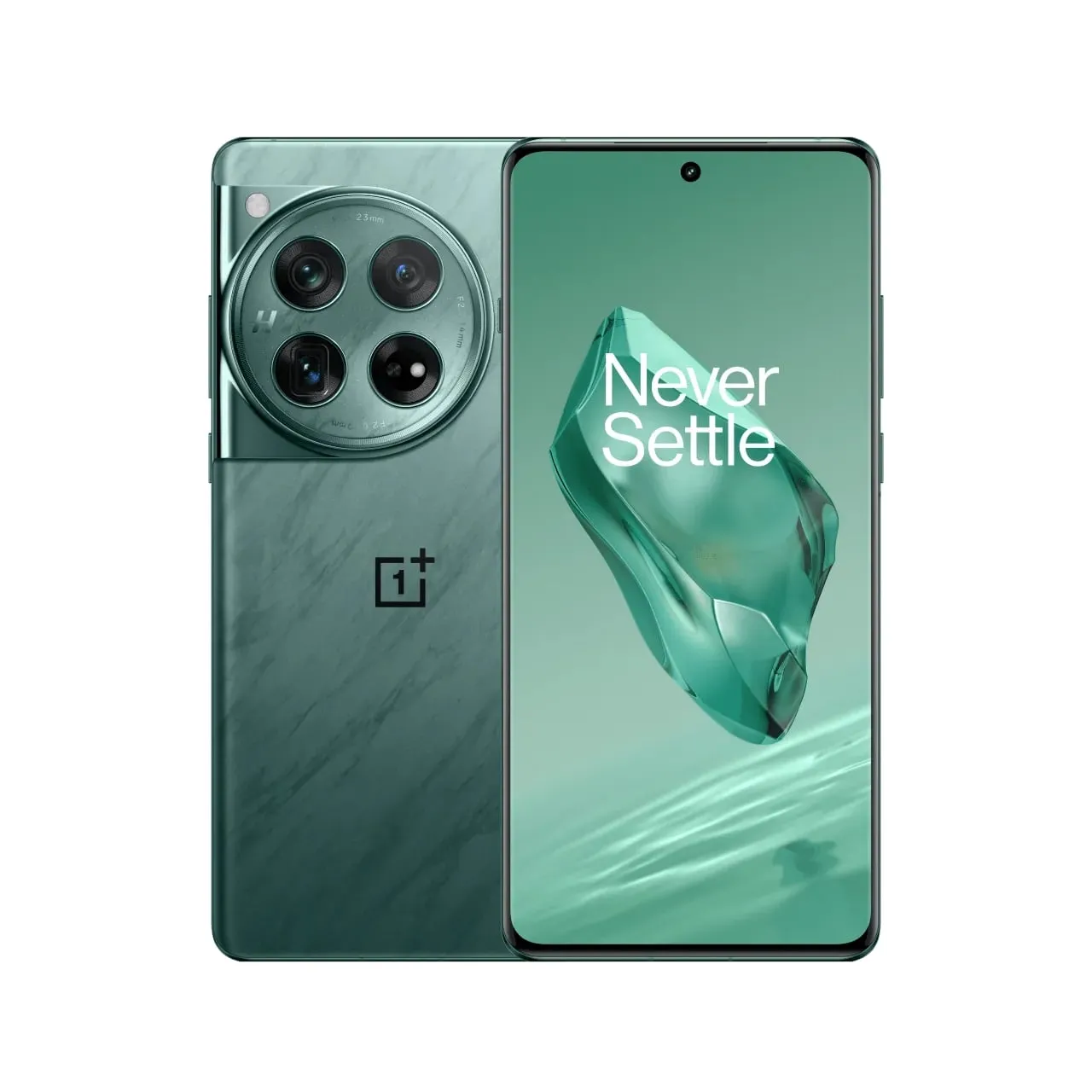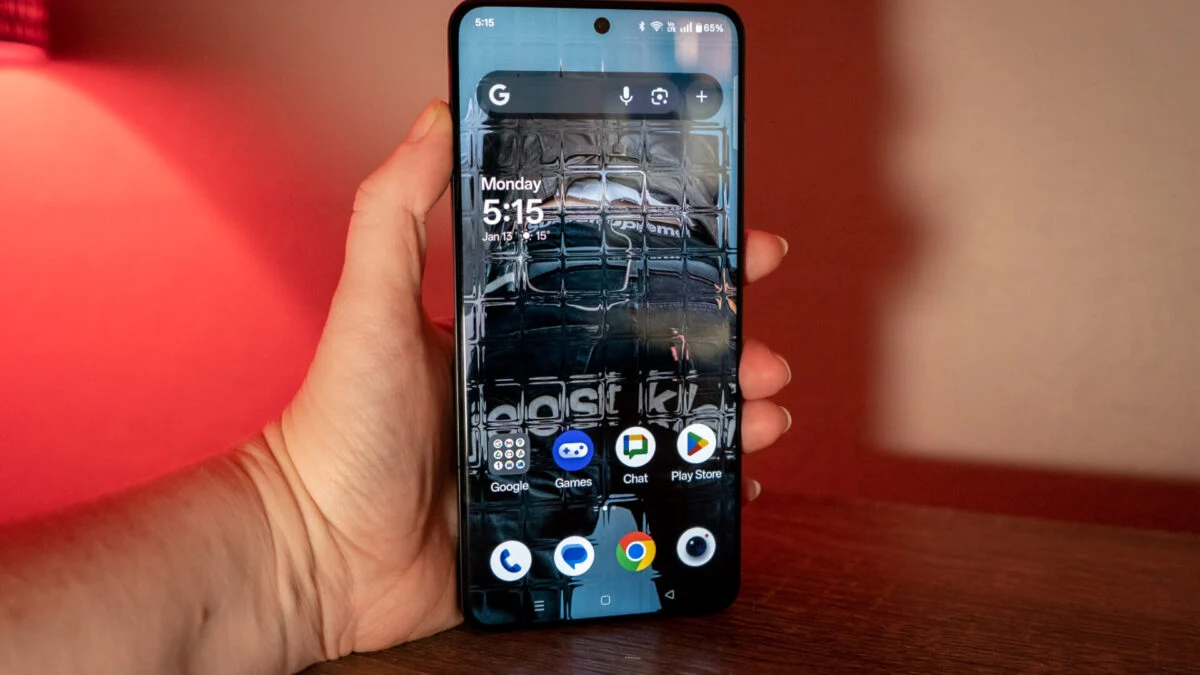
OnePlus entered the scene in 2013 as a rule-breaking renegade that decided to disrupt the smartphone market dominated by the premium pricing done by Apple, and the everything-everywhere strategy popularized by Samsung. Started by former Oppo employees Pete Lau and Carl Pei, OnePlus not only entered the market, they smashed the door in with a motto that would give marketing professors everywhere a white-knuckle fit: Never Settle.
OnePlus had perfected an art of premium specs with a mid-end pricing. OnePlus performed as well as flagship phones at half the price because competitors were selling flagship phones at 700+ dollars. It was equivalent to arriving at a Michelin-starred eatery with take-out that was equally delicious, chutzpah-filled, challenging, and a complete genius act.
Remember when getting a OnePlus phone required an invitation? This wasn’t just supply chain management—it was psychological warfare. OnePlus turned buying a phone into an elite membership by artificially causing scarcity. Marketing students, note this: sometimes it is best to suggest that people cannot have something in order to have them desire it.
OnePlus built a cult following by actually listening to users. Their OxygenOS wasn’t just another Android skin—it was a collaborative effort with their community. They turned customers into co-creators, which is marketing gold that money can’t buy.
OnePlus was the first company to pursue an online-only sales strategy in smartphones, by eliminating the retail margin. This was not only a cost-saving element, but a building block of relationships. By managing the whole customer journey, they might provide the highest quality experience that their brand guaranteed.
Here’s where it gets interesting: OnePlus’s relationship with Oppo provided manufacturing expertise and supply chain access while maintaining brand independence. It’s like having a successful older sibling who lets you use their car but doesn’t tell you how to drive.
OnePlus proved that in saturated markets, differentiation beats deep pockets. Their success did not lie in their larger marketing budget; it lay on their smarter marketing strategy.
To students researching this case, it is worth looking at StudyCreek with its detailed frameworks of the case studies, or DissertationHive with its detailed research methodology. Other academic sources are StudyCorgi, EssayPro, EssayShark, and Edusson.
The OnePlus tale helps us to remember that going against the rules does not always mean that one loses. Sometimes it is better to change the rules completely. Never settle, indeed.

Sample Assignment:
What were the main factors accounting for the early success of OnePlus? Will these factors still be relevant as OnePlus moves into the mainstream/mass market?
For distribution channels and partners, should OnePlus stay online only or expand through physical retailers?
Sample Answer:
Title:
The Early Success and Future Strategy of OnePlus: A Marketing Perspective
Name:
[Your Full Name]
Course:
[Course Title]
Instructor:
[Instructor’s Name]
Date:
[Month Day, Year]
OnePlus is a smartphone brand that emerged in 2013 and became a success story within a very crowded market that is led by competitors such as Apple and Samsung. This capability to hinder the market was based on a strategic product positioning, community involving, viral marketing, and direct-to-consumer (DTC) distribution model. With OnePlus starting to target the mass market, though, the brand will need to determine whether the factors that helped it achieve initial success are still relevant and whether it should employ physical retail distribution as the next stage of its development.
Explanation of the Early Success of OnePlus
Another key factor that helped OnePlus to succeed early was its product strategy that targeted and sold mid-range smartphones based on high-end smartphone specifications. The company marketed its devices as the so-called flagship killers, which had equivalent high-performing hardware just like the leading brands in the market, at a much affordable price (Gibbs, 2015). This formed a solid value proposition which appealed to price conscious but technologically aware consumers.
The other significant determinant was its exclusive sales model (invitation-only sales) and distribution via the Web which created an air of exclusivity and word-of-mouth publicity. Such a strategy enabled OnePlus to manage demand with the minimum stock and distribution costs (Patel & Pavlou, 2021). It also generated more interest and hype of the brand particularly among the early adopters.
Also, on community marketing, OnePlus bypassed conventional marketing channels by interacting directly with the users via the internet forums and social media. This generated brand loyalty and co-creation, whereby user input often contributed to the products development and software updates. This strategy together with very little conventional advertising enabled OnePlus to generate a strong brand presence naturally.
Do These Factors have Relation Today in the Mass Market?
Although the factors that contributed to early success of OnePlus are still relevant, their value declines as it evolves into mass production. Exclusivity and the DTC model can be restrictive to reach to mainstream consumers who value convenience, hands-on experience, and accessibility on a just-in-time basis. The mass-markets are not often impacted by digital groups and tend to react more actively to traditional advertising and retail availability in stores (Kotler & Keller, 2016).
Furthermore, since OnePlus starts to increase its prices and compete in a more direct fashion against high-end brands, the positioning of the brand as a flagship killer might cease to resonate with the customer opinion. The brand will need to thus invest in more comprehensive marketing campaigns and in improving their brand image so that it can attract a larger and less technologically-oriented audience.
Is It Time To Take The Physical Retail Step At OnePlus?
The entry into the physical retail chains may be a valuable opportunity to OnePlus as it tries to go mainstream. The physical stores allow consumer to test the equipment before they make any purchases especially with high involvement items such as smartphones. Moreover, co-branding with already existing retailers such as Best Buy or telecommunication providers may be used to boost their visibility and sell in bundles and by using contracts (Chen & Ann, 2020).
At that, however, OnePlus should not give up on the things that helped it become where it is now. A blended model of online DTC distribution channel and selective brick-and-mortar alliances would allow the brand to reach as many as possible and at the same time retain its innovative and agile reputation. Such a hybrid model has worked in companies such as Apple and Xiaomi that are both accessible but have control over brand experience.
Conclusion
The strategic positioning of products, online-only based distribution model and community-driven marketing helped OnePlus early achievements. But since the brand is moving into the mainstream market it has to change by expanding its distribution and changing its branding strategy. The move towards physical retail will allow OnePlus to tread into a previously unexplored territory without feeling like an imposter, while also having a robust online presence. There is need to have balanced consumer-oriented marketing strategy in order to have sustainable growth in this intensely competitive smartphone market.
References
Chen, Y., & Ann, L. (2020). Retail channel evolution in the smartphone industry: Case study of Xiaomi and OnePlus. Journal of Retail Marketing, 56(3), 45–59.
Gibbs, S. (2015). OnePlus One review: flagship killer really is that good. The Guardian. https://www.theguardian.com/technology/2015/mar/10/oneplus-one-review-flagship-killer
Kotler, P., & Keller, K. L. (2016). Marketing Management (15th ed.). Pearson Education.
Patel, N., & Pavlou, P. (2021). Direct-to-consumer business models: Drivers, challenges, and strategies. Journal of Business Research, 134, 720–732. https://doi.org/10.1016/j.jbusres.2021.06.012
Delivering a high-quality product at a reasonable price is not enough anymore.
That’s why we have developed 5 beneficial guarantees that will make your experience with our service enjoyable, easy, and safe.
You have to be 100% sure of the quality of your product to give a money-back guarantee. This describes us perfectly. Make sure that this guarantee is totally transparent.
Read moreEach paper is composed from scratch, according to your instructions. It is then checked by our plagiarism-detection software. There is no gap where plagiarism could squeeze in.
Read moreThanks to our free revisions, there is no way for you to be unsatisfied. We will work on your paper until you are completely happy with the result.
Read moreYour email is safe, as we store it according to international data protection rules. Your bank details are secure, as we use only reliable payment systems.
Read moreBy sending us your money, you buy the service we provide. Check out our terms and conditions if you prefer business talks to be laid out in official language.
Read more